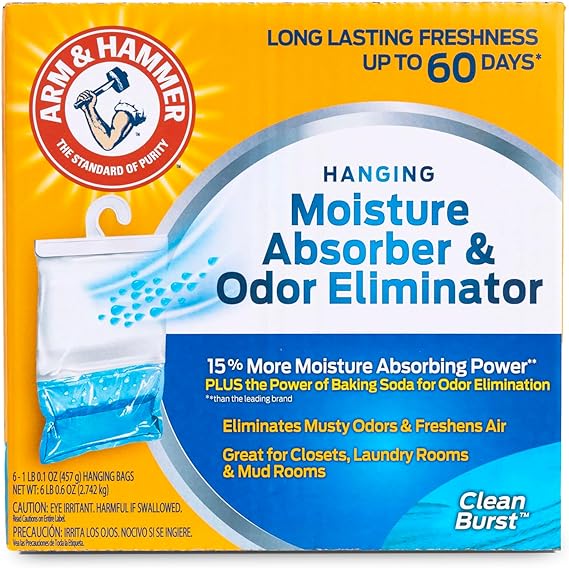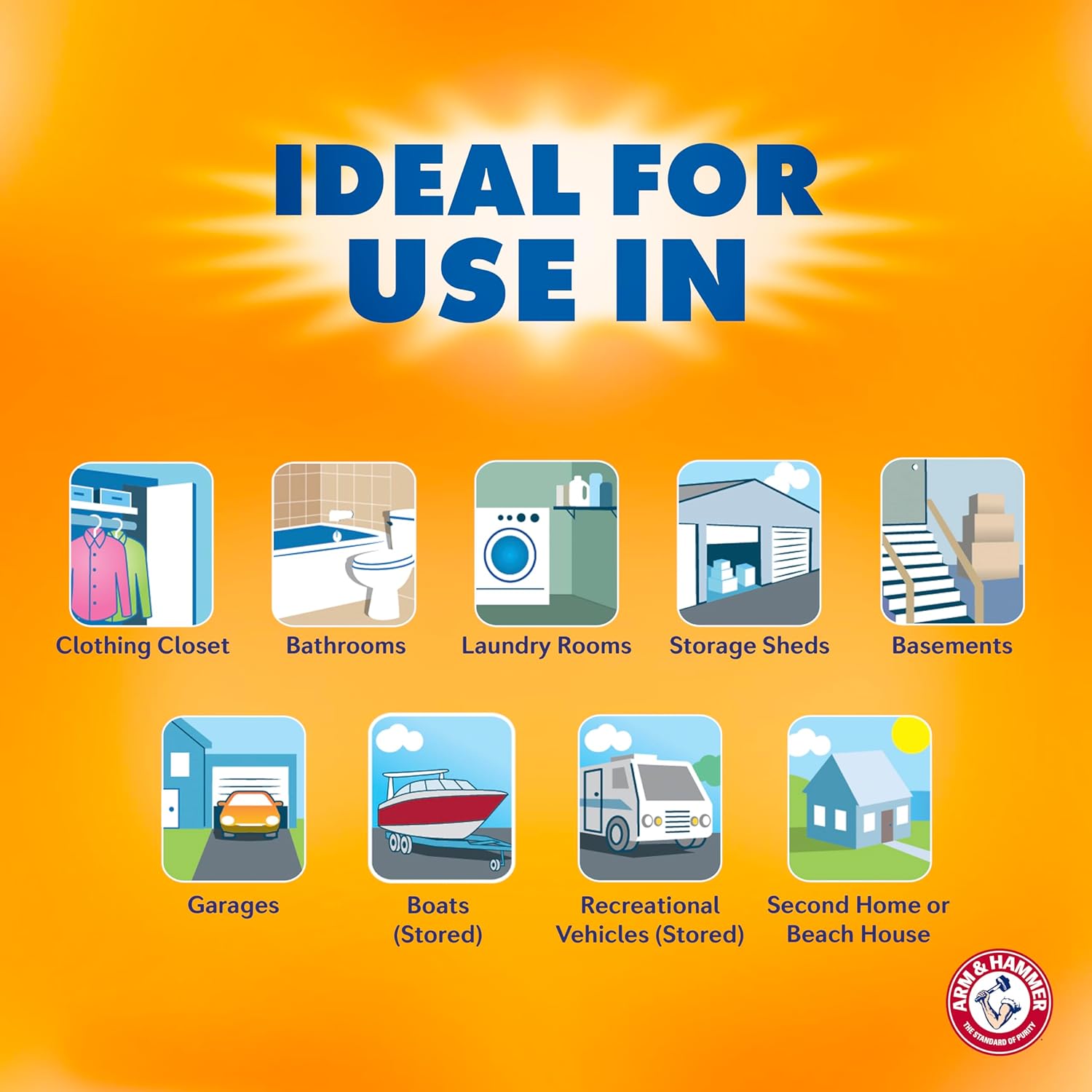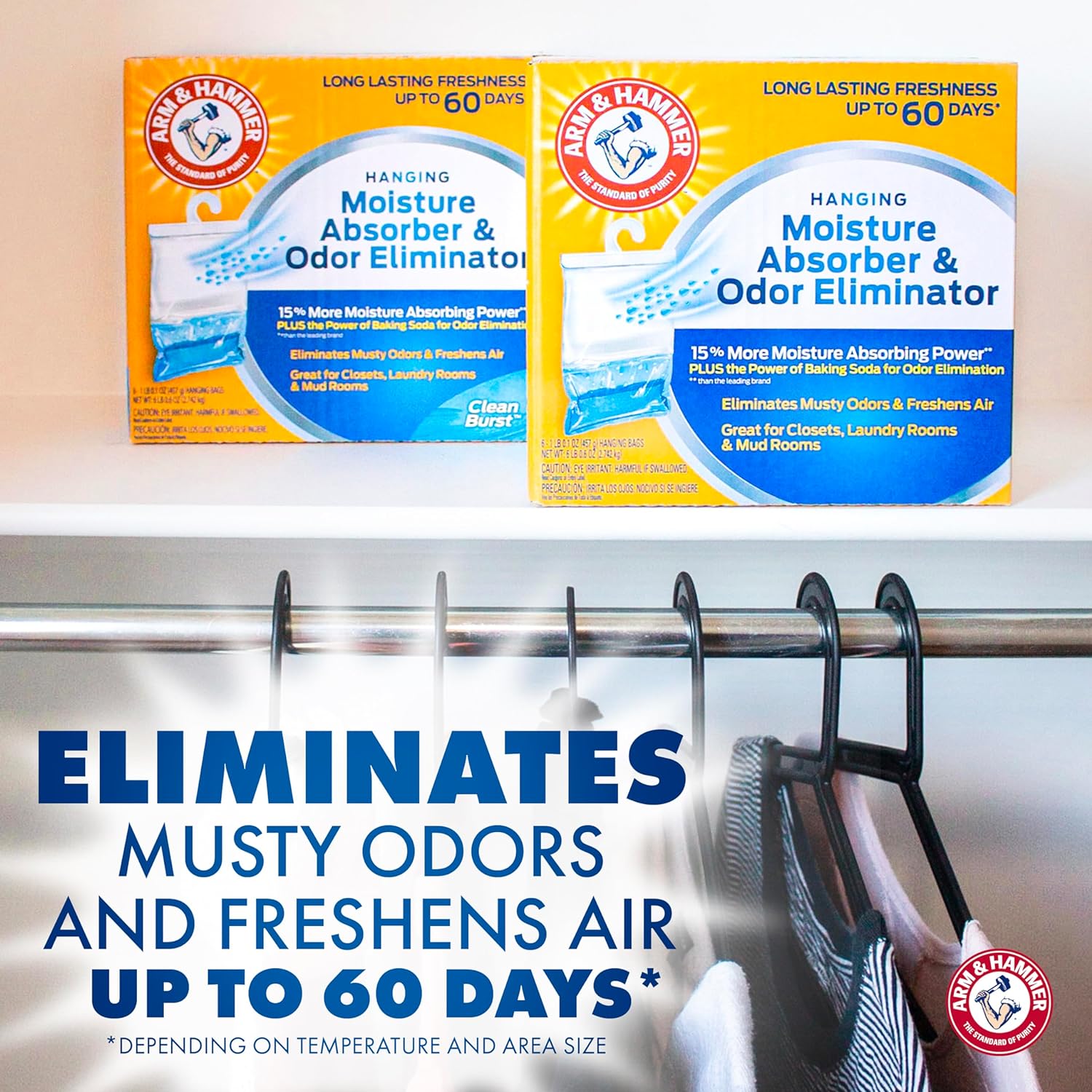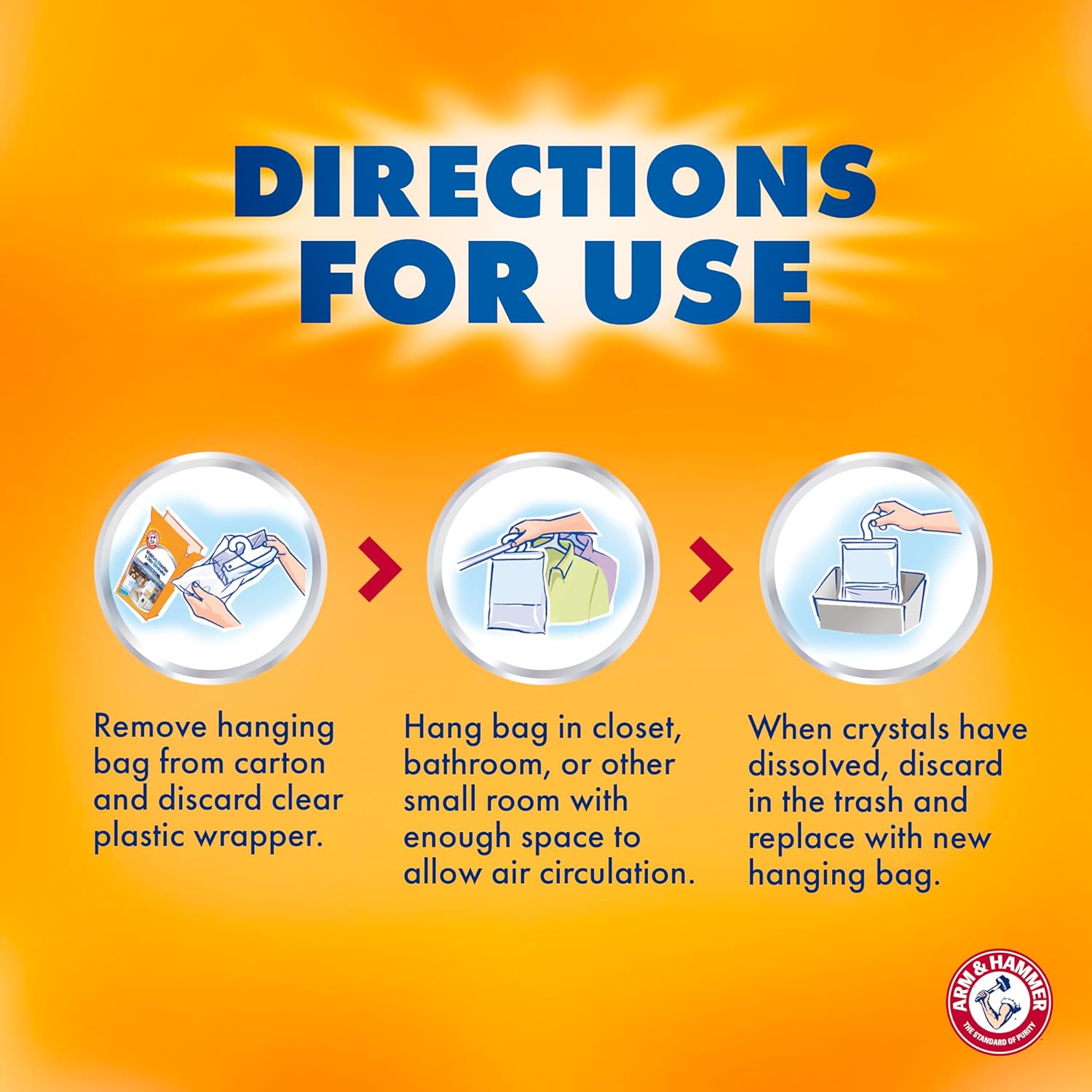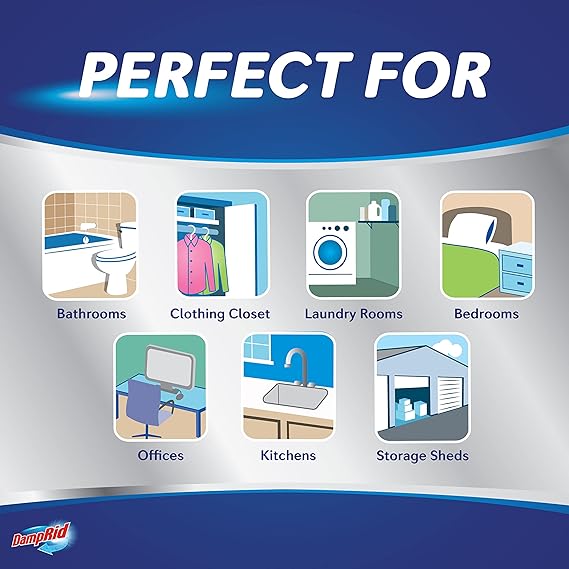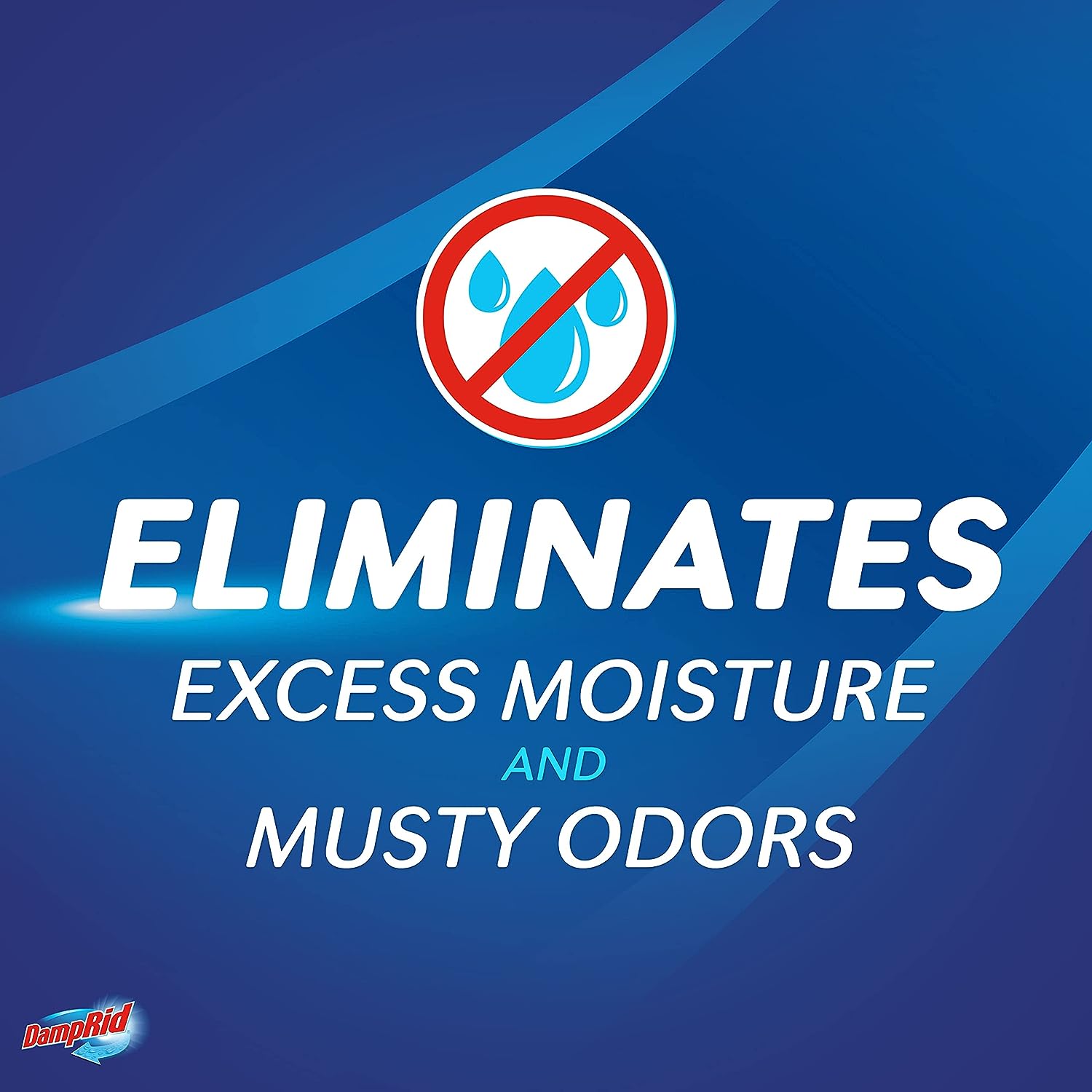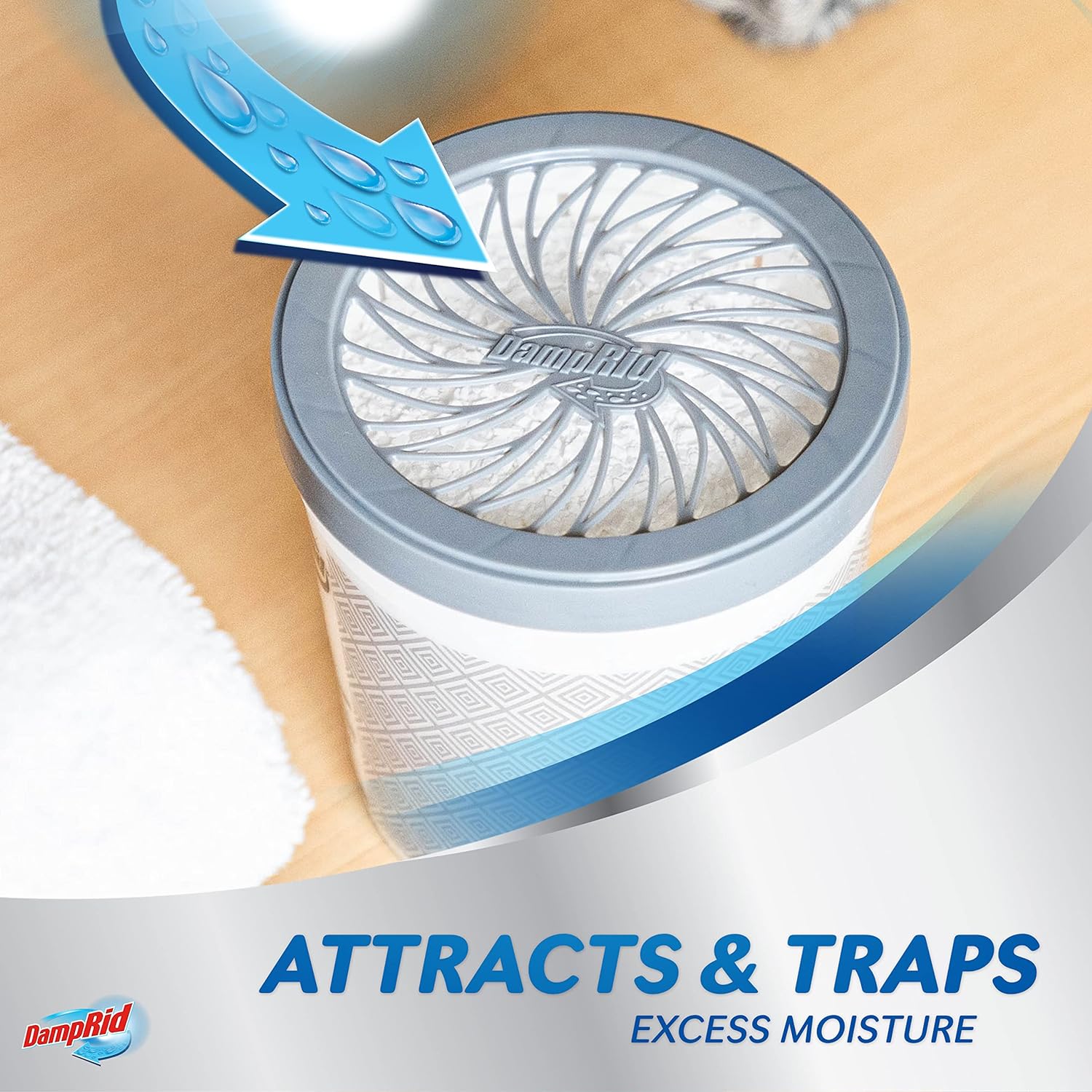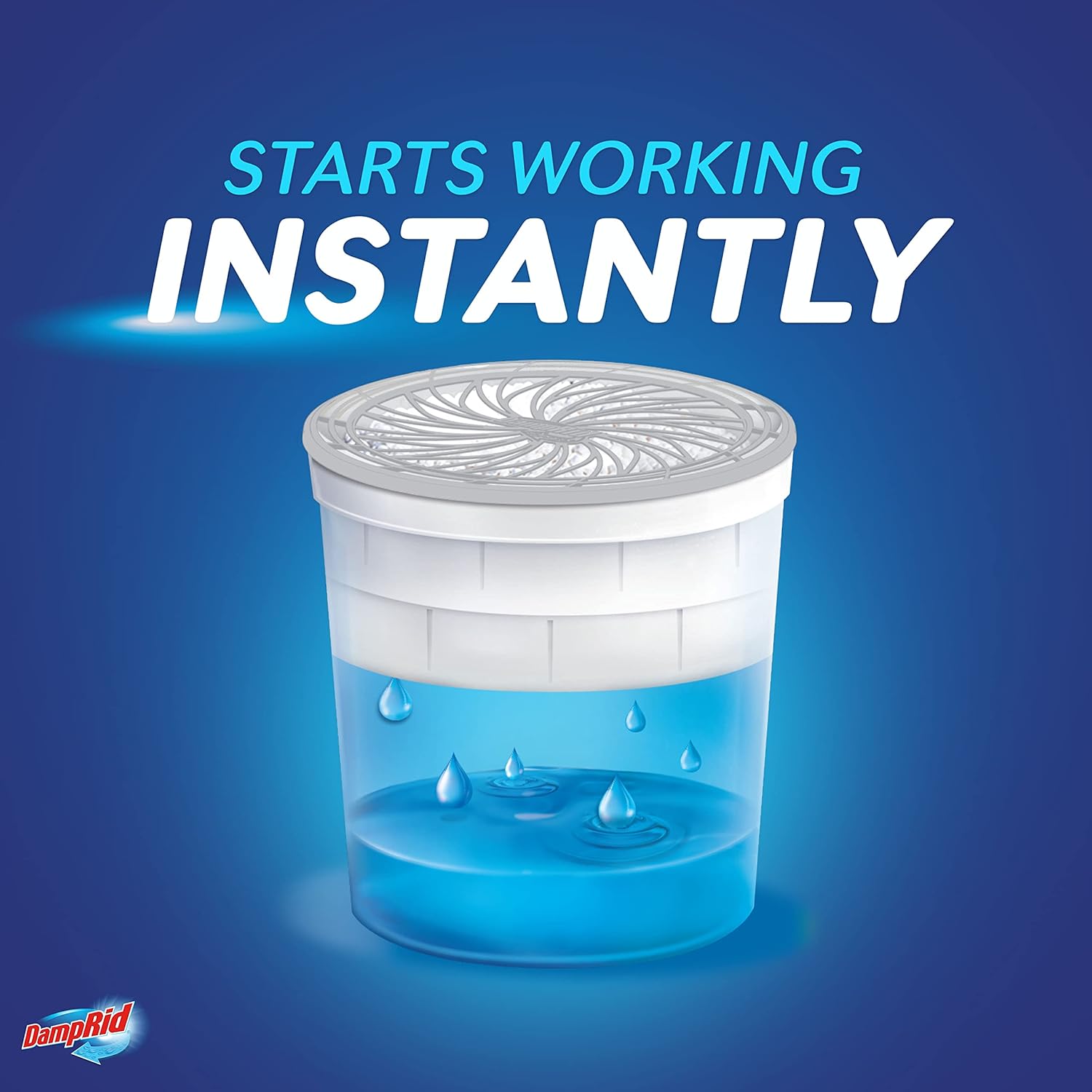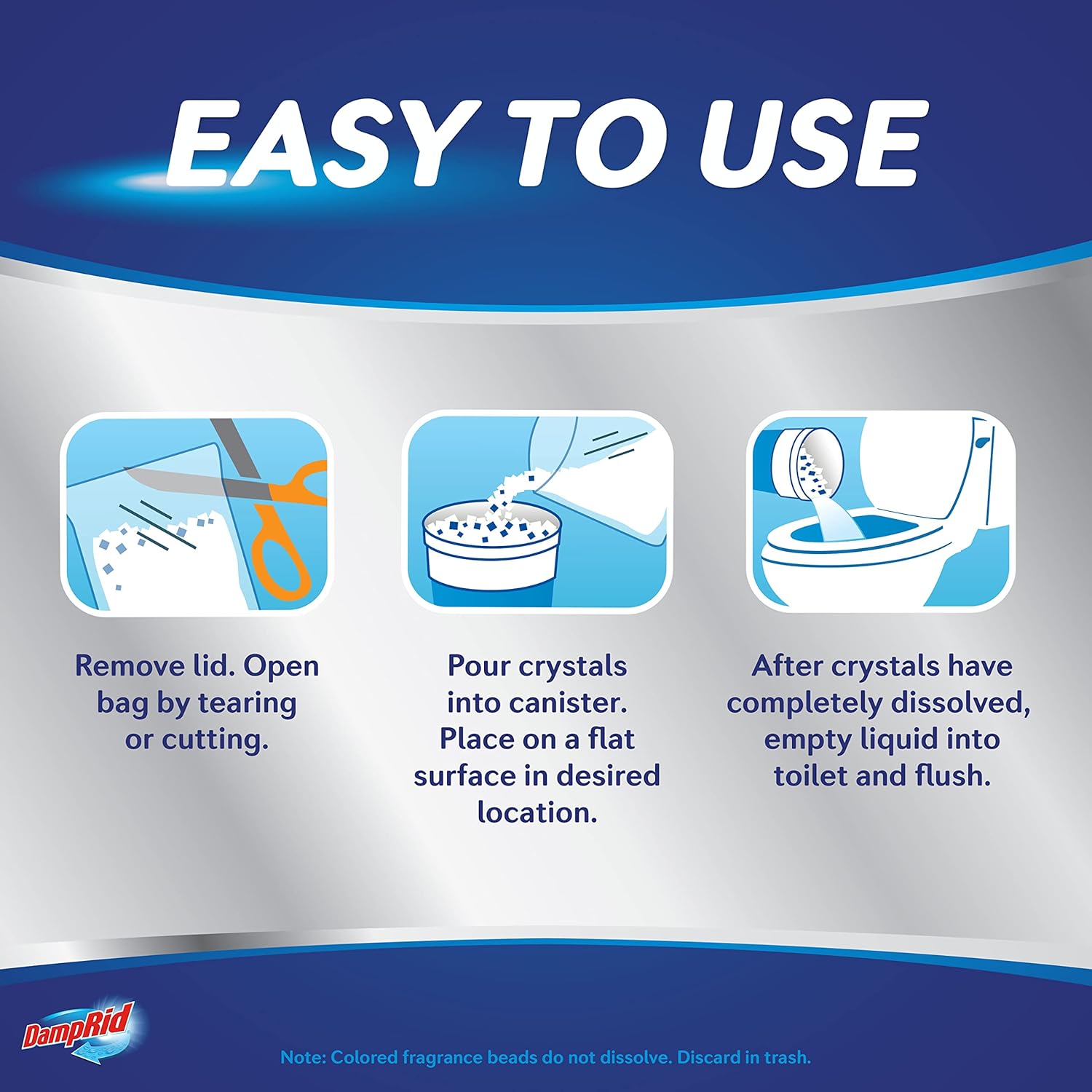Enhancing Storage Solutions: The Practicality of Non-Climate-Controlled Storage Units
Introduction - Self-storage units have become a go-to solution for individuals seeking accessible and convenient storage options. While not all storage facilities offer climate control, non-climate-controlled units provide a practical and cost-effective choice for those looking to store their belongings. However, it's essential to address potential challenges related to temperature and humidity fluctuations and explore effective measures to protect stored items. One such solution that aligns with the practicality of non-climate-controlled storage is the use of moisture absorbers.
Understanding the Challenge - In the realm of non-climate-controlled storage, self storage facilities and their customers embrace the ever-changing nature of our environment, which can present intriguing challenges for our stored items. Without the added buffer of climate control, items may experience shifts in humidity levels, potentially leading to issues like mold and mildew over time. However, with proactive measures such as utilizing moisture absorbers, self storage facilities and their customers can help mitigate these risks and ensure that cherished belongings remain well-protected during their stay.
The Menace of Moisture - Moisture poses a significant threat to stored items, even in climate-controlled units where temperatures fluctuate. Despite the controlled environment, fluctuations in temperature and humidity levels can still occur, leaving items vulnerable to moisture-related damage. Wooden furniture may warp, metal items could corrode, and sensitive electronics may suffer harm. Additionally, clothing, documents, and photographs are at risk of developing unsightly stains, odors, and mold growth. Therefore, it's essential to utilize moisture absorbers to provide an additional layer of protection, regardless of whether the storage unit has climate control or not.
The Role of Moisture Absorbers - Moisture absorbers, such as desiccants or silica gel packets, play a crucial role in maintaining a dry and controlled environment within a non-climate-controlled storage unit. These absorbent materials actively pull moisture from the air, preventing it from settling on belongings and mitigating the risk of damage.
Benefits of Using Moisture Absorbers
1. Preventing Mold and Mildew - By reducing humidity levels, moisture absorbers inhibit the growth of mold and mildew, safeguarding items like clothing, linens, and upholstered furniture.
2. Protecting Electronics - Sensitive electronic devices are particularly susceptible to moisture damage. Moisture absorbers help preserve the functionality and lifespan of gadgets stored in self-storage units.
3. Preserving Documents and Photos - Important documents, photographs, and paper-based items are vulnerable to moisture-induced deterioration. Moisture absorbers aid in preserving the integrity of these sentimental and valuable items.
4. Avoiding Odors - Damp conditions can lead to musty odors permeating through stored items. Moisture absorbers contribute to a fresher-smelling storage environment.
Tips for Effective Use
1. Strategic Placement - Distribute moisture absorbers strategically throughout the storage unit, considering the layout and potential moisture-prone areas.
2. Regular Monitoring - Periodically check and replace moisture absorbers to ensure their continued effectiveness. This is especially important during seasons with higher humidity levels.
3. Proper Sealing - Ensure that items are adequately sealed or wrapped before storage. Combining proper sealing with moisture absorbers enhances protection against moisture-related issues.
Conclusion - In the realm of non-climate-controlled self-storage, moisture absorbers emerge as indispensable allies in the battle against moisture-related damage. By actively combating humidity, these simple yet effective devices help preserve the condition and longevity of stored items, ensuring that when you open the storage unit door, your belongings remain as you left them—dry, intact, and ready for use.
